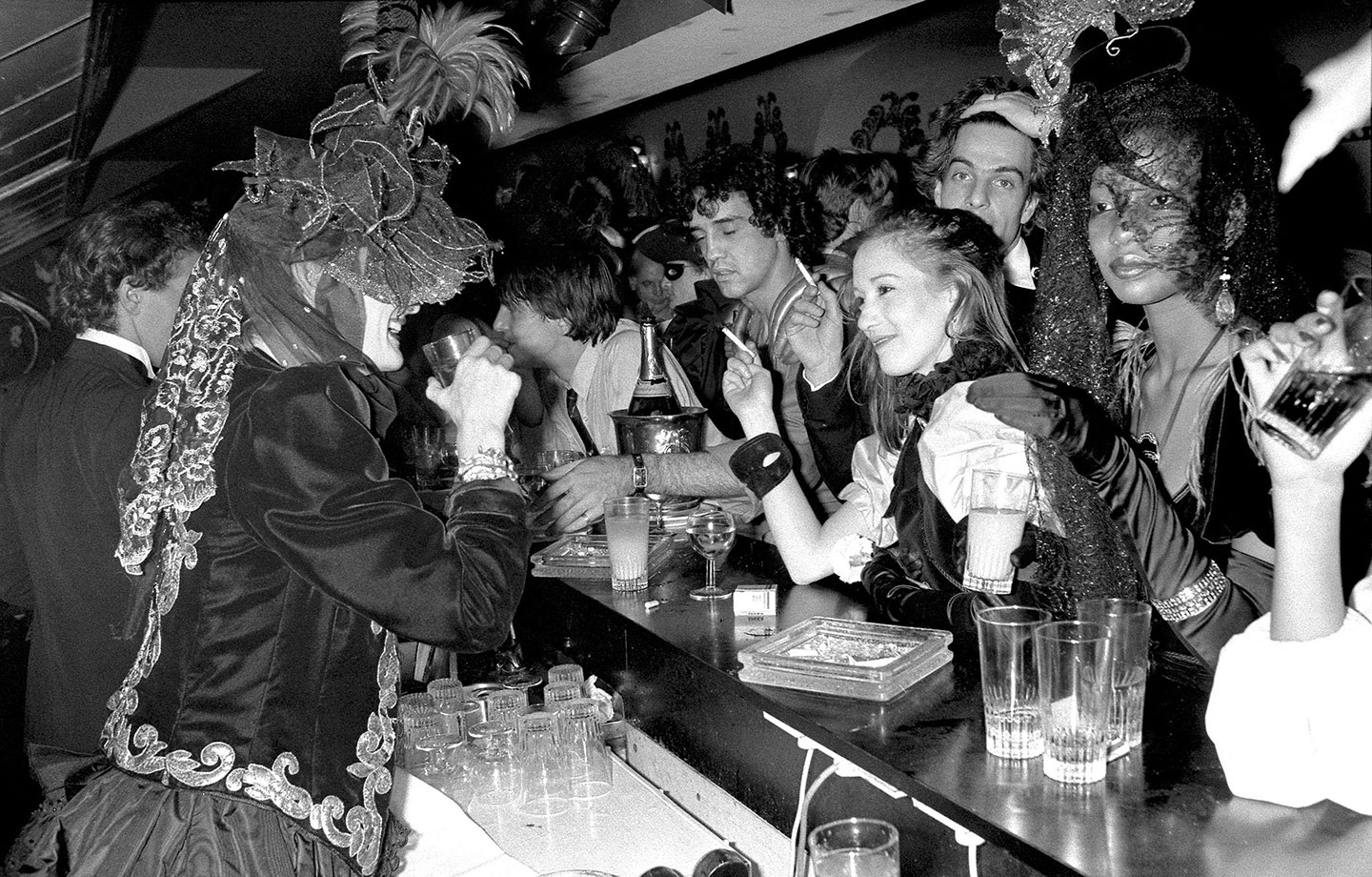Gilles Châtelet, To Live and Think Like Pigs: The Incitement of Envy and Boredom in Market Democracies, trans. Robin Mackay (Urbanomic and Sequence Press, 2014), 133. Italics in original. All subsequent page references to this book will appear in parentheses in the body of the text.
Liam Gillick, Discussion Island/Big Conference Centre (Derry and Ludwigsburg: Orchard Gallery and Kunstverein, 1998).
Gilles Châtelet, Vivre et Penser Comme des Porcs: De l’Incitation à l’Envie et à l’Ennui dans les Démocraties-Marchés (Gallimard, 1999).
“There is life in a work of art which is short … even shorter than man’s lifetime. I call it twenty years. After twenty years an impressionist painting has ceased to be an impressionist painting because the material, the colour, the paint, has darkened so much, that it’s no more what the man did when he painted it. Alright. That’s one way of looking at it. So I applied this rule to all art—art works—and they after twenty years are finished, their life is over.” Duchamp interviewed by Richard Hamilton in London, 1959. Audio Arts, vol. 2 (1974).
See →.
Michael Sibalis, “The Spirit of May ’68 and the Origins of the Gay Liberation Movement in France,” in Gender and Sexuality in 1968: Transformative Politics in the Cultural Imagination, eds. L. Frazier and Deborah Cohen (Springer, 2009), 245.
Quoted in Sibalis, “The Spirit of May ’68,” 245.
Sibalis, “The Spirit of May ’68,” 245.
Mohammad Salemy, “Intro to Châtelet,” Third Rail Quarterly, no. 4 (Spring 2015) →.
“He was particularly affected by the death of Gilles Deleuze. Wondering how not to give the suicide of the latter the sense of an ultimate and courageous revolt of life against the spirit of resignation and ‘laissez-faire.’ AIDS sufferer, Gilles Châtelet probably had the feeling of facing the same challenge. He was 44 years old.” Marc Ragon, “Mort du Philosophe Gilles Châtelet,” Libération, June 19, 1999. Translated by the author.
